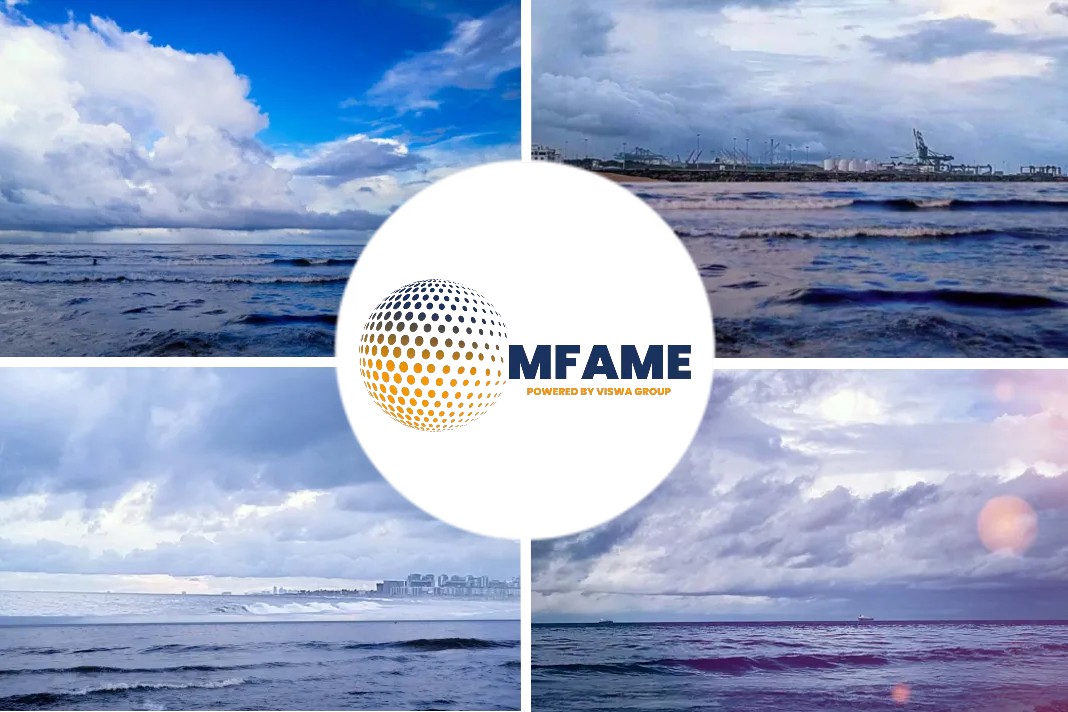
The Dalrymple Bay Coal Terminal (DBCT) in Queensland Australia is the export hub for the Bowan Basin coal fields. As of May 2023, the terminal has begun implementing various further mooring line and vetting requirements aimed at ensuring safer shipping operations.
New Requirements
All vessels nominated to call at Dalrymple Bay must now meet the following requirements:
- Chafe protection, in good condition and not fabricated onboard, to be fitted on ships’ line.
- Mooring lines fitted to a vessel should be, where possible, of the same time, minimum break load and construction.
- Reciprocal lines must be of the same type.
- Lines must be inspected at least every three months and inspection records must be provided upon request.
- All mooring lines to be a minimum of 200 meters in length.
- Spare mooring lines must be in good condition.
- Vessels under 225 meters in length are to have a minimum of four spare lines and vessels over 225 meters in length are to have a minimum of five spare lines.
More To Come
Going forward, DBCT is going to implement yet further requirements from April 2024. These will include requiring owners to provide mooring line certificates, evidence of a mooring system management plan and have no mooring lines older than 6.5 years. Nylon lines will not be acceptable for use as mooring lines unless they are of double braided construction and are accompanied by an effective line management plan. Whilst there are no fines for failing to meet any requirements, the terminal may simply decline to accept a vessel which does not comply.
Potential For Disputes
Whilst DBCT’s commitment to mooring safety is commendable, their requirements go beyond many other ports, and not all vessels are supplied with all of the ropes needed to meet them. As a result, calls to DBCT can result in significant extra costs for the new ropes, and this can lead to disputes between owners and charterers as to who should pay the bill. Owners may claim that the cost of the extra ropes arise from complying with charterers’ employment orders and are unusual in nature, such that they are entitled to be indemnified for the costs. In turn, charterers may argue that the costs are for owners’ account as ship’s supplies, and because the owners have warranted the vessel is in every way fitted for service and is adequately equipped to comply with requirements at all ports of call.
Court Guidance
London Arbitration 19/01 provides guidance as to how the cost of specific port mooring rope requirements that go beyond meeting class requirements may be allocated. In that case, the charterer ordered the vessel to the port of Caleta Coloso in northern Chile. The port required that vessels used 14 mooring lines, each of 220 meters length whilst the vessel, in accordance with design specification and class requirements, was only equipped with five mooring lines of 197 meters in length each. Who had to pay for the additional lines? The time charter provided that the vessel on delivery would be “… in every way fitted for the service” and that the owner would “provide and pay for … all necessary stores … and keep the vessel in a thoroughly efficient state in hull, machinery and equipment … for and during the service”.
The London Arbitration Tribunal decided that the expense for new ropes was for the owner’s account. The tribunal noted that the provision of mooring ropes was ordinarily a matter that clearly fell within the shipowner’s sphere of responsibility under a time charterparty. The class requirements were a minimum for trading and took no account of the practical needs of ports such as Caleta Coloso and many others to which the vessel might legitimately have been ordered, where local wind, current or swell conditions called for securing arrangements of a higher level than the minimum class requirements.
Did you subscribe to our daily newsletter?
It’s Free! Click here to Subscribe!
Source: Gard

























